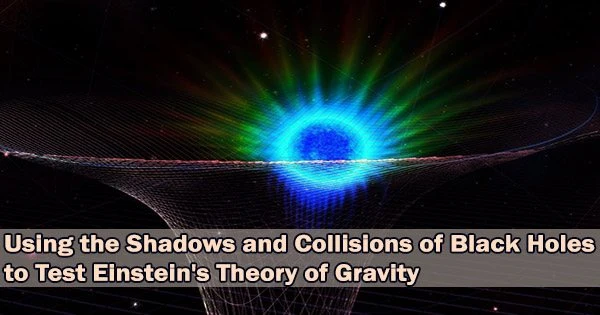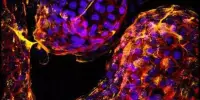The ideal place to test Einstein’s theory of gravity, general relativity, is right up against a black hole’s event horizon. This regime can be observed by measurements of stellar-mass black hole collisions producing gravity waves and supermassive black hole shadows.
For the first time, researchers from the Event Horizon Telescope (EHT), the LIGO Scientific Collaboration, and the ARC Center of Excellence for Gravitational Wave Discovery (OzGrav) have outlined a method for examining departures from Einstein’s general theory of relativity in these two distinct observations.
This study, which was published in Physical Review D, shows that black holes of all sizes are observed nowadays in accordance with Einstein’s hypothesis.
The existence of black holes is one of general relativity’s most famous predictions. In the idea, the impact of a black hole on space-time is specifically described as a four-dimensional mesh that records how objects travel across space and time. This prediction, known as the Kerr metric, can be connected to the orbital motion of binary black holes or the bending of light around black holes.
Different sizes of black holes may help break the complementary behavior seen here between EHT and LIGO/Virgo observations. This study lays the groundwork for future measurements of deviations from the Kerr metric.
Ethan Payne
The Kerr metric discrepancies in this study were connected to characteristics of these black hole observations.
In 2019, the Event Horizon Telescope generated silhouette images of the black hole at the center of the galaxy M87, with a mass several billion times that of our Sun. The mass of the black hole, its distance from Earth, and any departures from general relativity’s prediction all affect the angular size of the shadow. The scientific information, such as earlier measurements of the black hole’s mass and distance, can be used to calculate these deviations.
Meanwhile, since 2015 the LIGO and Virgo gravitational-wave observatories have been detecting gravitational waves from merging stellar mass black holes. Scientists can investigate the enigmatic characteristics and metrics of the black holes by monitoring the gravitational waves from the merging black holes. Prior to the two black holes colliding and merging, this study focused on general relativity deviations that manifest as minute adjustments to the pitch and intensity of the gravitational waves.
Combining the measurements of the shadow of the super massive black hole in M87 and gravitational waves from a couple of binary black hole detections, called GW170608 and GW190924, the researchers found no evidence for deviations from general relativity.
Co-author of the study and OzGrav research assistant Ethan Payne (Australian National University) explained that the two measurements provided similar, consistent constraints.
“Different sizes of black holes may help break the complementary behavior seen here between EHT and LIGO/Virgo observations,” said Payne. “This study lays the groundwork for future measurements of deviations from the Kerr metric.”
















